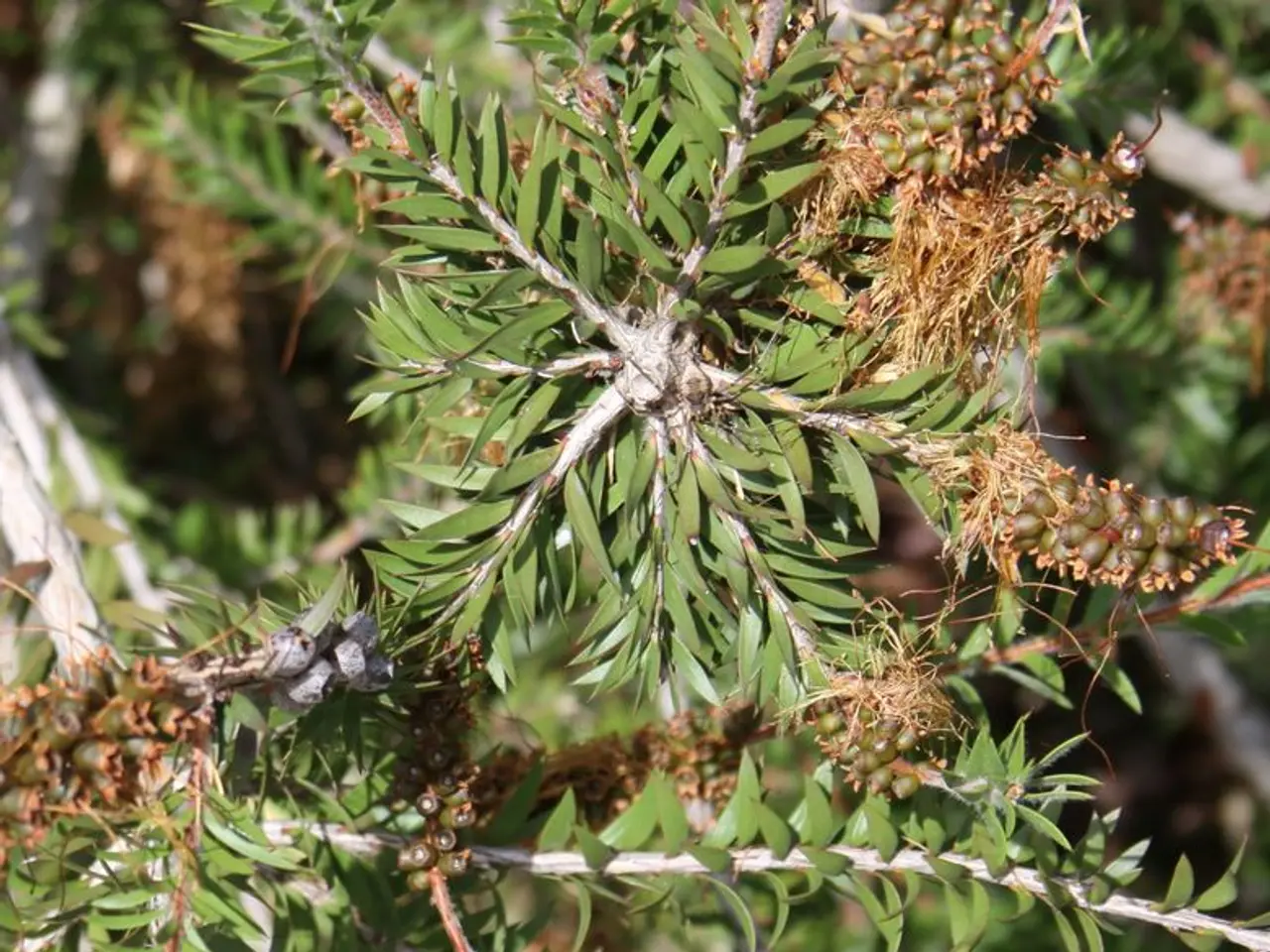Efficient Hand-On Methods for Trimming Fruit-Bearing Trees
## Pruning Techniques for a Thriving Organic Fruit Garden
Pruning is a crucial aspect of maintaining a healthy and productive organic fruit garden. By mastering the fundamental techniques such as thinning, heading, and pinching, and adapting them to the specific needs of each fruit species, you can foster strong, disease-resistant trees and an abundance of delicious fruit.
### Basic Pruning Techniques
- **Thinning:** Eliminate overcrowded, diseased, or damaged branches entirely at their origin. This enhances light penetration and air circulation, reducing the risk of disease and promoting even ripening. For mature trees, focus on retaining well-spaced branches that support your desired tree structure, such as a central leader or open vase [1][3]. - **Heading:** Shorten branches by cutting back to a lateral branch or bud. This encourages new shoot growth from the cut point and helps maintain the tree's shape. Keep an eye on regrowth to ensure balanced structure and avoid excessive vigor. - **Pinching:** Remove the tips of young, soft growth with your fingers or shears. This stimulates lateral branching and helps control tree size without heavy pruning.
### Fruit-Specific Pruning Strategies
- **Apples, Pears, Peaches, and Other Stone Fruits:** Prune during dormancy to shape the tree and remove unwanted growth. In the summer, thin fruit clusters by hand to achieve proper spacing: apples and pears 4–6 inches apart (one fruit per cluster), peaches and nectarines 6–8 inches apart, plums 2–3 inches apart. Remove small, damaged, or diseased fruit to direct energy to the best-quality fruit [5]. - **Grapes:** Prune annually, removing all growth except new 1-year-old fruiting canes and renewal spurs. For cane pruning, leave 15 buds per cane (more for wine grapes, fewer for table grapes); for spur pruning, leave spurs with 2–3 buds every 4–6 inches along the main cane. This maintains plant vigor and improves fruit quality [2]. - **Overgrown Trees (Renovation Pruning):** Begin by clearing competing plants and removing all dead wood. Select permanent limbs to achieve your desired shape (e.g., vase or central leader), then reduce height by cutting back to laterals at the appropriate height. Proceed with regular maintenance pruning on retained limbs, deciding whether to leave, shorten, or remove each lateral [3].
### Timing and Maintenance
- **When to Prune:** Most fruit trees are best pruned during late winter or early spring while dormant. Summer pruning can help manage vigor and improve light exposure for fruit ripening. - **Aftercare:** Always use sharp, clean tools to make clean cuts. Monitor the tree’s response and adjust techniques as needed. Avoid over-pruning, which can stress the tree and reduce yields.
### Organic Considerations
- **No Synthetic Chemicals:** Rely on physical removal of pests and competing vegetation, and avoid synthetic growth regulators or chemical thinners [3][5]. - **Soil and Ecosystem Health:** Remove invasive plants manually or with grazing animals rather than chemical herbicides, to protect soil biology [3].
## Summary Table: Pruning Techniques by Goal
| Goal | Technique | When to Apply | Notes | |-----------------------------|-------------------------|-------------------------|----------------------------------------| | Open canopy, reduce disease | Thinning | Dormant season | Remove entire branches at origin[1] | | Stimulate new growth | Heading | Dormant/summer | Cut back to lateral/bud[1] | | Control size, shape | Pinching | Growing season | Remove soft tips[1] | | Improve fruit size/quality | Hand-thinning fruit | After June drop | Follow species-specific spacing[5] | | Maintain grape productivity | Cane/spur pruning | Annual, dormant season | Leave renewal spurs[2] | | Rejuvenate neglected trees | Renovation pruning | Dormant season | Remove dead wood, select leaders[3] |
## Expert Tips
- **Shape for Sunlight:** Aim for a structure that allows light to reach all parts of the tree, enhancing fruit color, sweetness, and ripening. - **Prioritize Health:** Always remove diseased or damaged wood first to prevent spread. - **Adapt to Species:** Tailor your approach to the specific growth habits and fruiting patterns of each fruit type. - **Be Patient:** Major renovations may take several seasons; avoid removing more than 25–30% of the canopy in a single year.
By combining these techniques—focusing on thinning, heading, pinching, and species-specific strategies—you can promote vigorous growth, minimize disease, and maximize fruit production in your organic orchard [1][2][5]. Additionally, using loppers for thicker branches and maintaining your tools with regular sharpening and cleaning will ensure their longevity and effectiveness.
Quality home-and-garden lifestyle can be enhanced with the right gardening techniques, particularly in organic fruit gardens. By applying pruning techniques such as thinning, heading, and pinching, you can create a lifestyle that offers a thriving garden of delicious, disease-resistant fruits. For example, thinning out overcrowded branches in your apple, pear, peach, or other stone fruit trees will encourage even ripening and reduce the risk of disease, leading to high-quality produce for your daily enjoyment.




